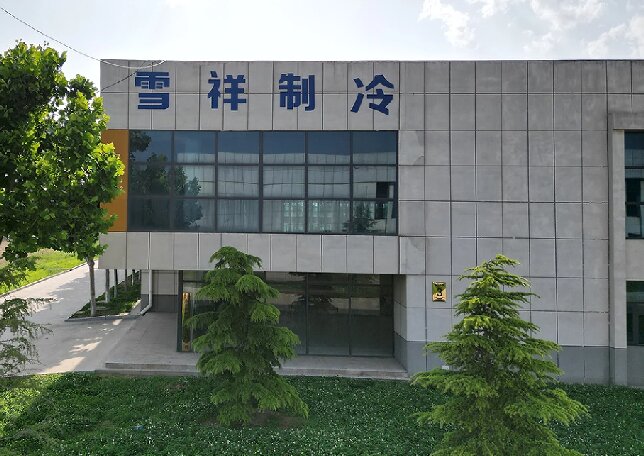OEM Condensing Unit Enclosures for Optimal Performance and Durability in HVAC Applications
Exploring OEM Condensing Unit Housing A Comprehensive Overview
In the realm of HVAC (Heating, Ventilation, and Air Conditioning) systems, the role of condensing units is paramount for efficient cooling and heating. OEM (Original Equipment Manufacturer) condensing unit housing serves as a critical component in this complex ecosystem. In this article, we will delve into the importance, design considerations, and the future of OEM condensing unit housing.
What is OEM Condensing Unit Housing?
OEM condensing unit housing refers to the enclosure or shell that houses the key components of an HVAC condensing unit, including the compressor, condenser coil, and fan. This structure is designed not just for protection but also for efficient heat transfer, noise reduction, and ease of installation. The housing acts as a barrier against environmental elements like dust, moisture, and extreme temperatures, thereby ensuring the longevity and operability of the internal components.
Importance of OEM Standards
When it comes to HVAC systems, OEM standards are critical. These standards dictate the quality and compatibility of the parts used in the system. An OEM condensing unit housing is built to match the specifications of the manufacturer’s original design, ensuring optimal performance and reliability. Using OEM components can significantly reduce the risk of malfunctions, which are often caused by mismatched or inferior housing materials.
Key Design Considerations
1. Material Selection The choice of material for OEM condensing unit housing is crucial. Common materials include galvanized steel, stainless steel, and aluminum. Galvanized steel offers strength and resistance to corrosion, while aluminum is lightweight and rust-resistant. The material selected will affect the unit's durability and thermal efficiency.
2. Thermal Management Effective thermal management is essential for the efficiency of an HVAC system. The housing is designed to facilitate proper airflow and heat dissipation. Features like fins on the housing can augment heat transfer, enhancing the overall efficiency of the system.
3. Noise Reduction HVAC systems can be a significant source of noise pollution in residential and commercial spaces. OEM condensing unit housings often incorporate sound-dampening materials and innovative designs that minimize operational noise, making them more appealing for use in noise-sensitive environments.
oem condensing unit housing

4. Accessibility Ease of servicing and maintenance is another critical design consideration. OEM designs are typically engineered to allow easy access to internal components, which simplifies repairs and routine maintenance.
5. Aesthetic Considerations As HVAC systems are often placed in visible locations, the appearance of the condensing unit housing can also be important. Manufacturers may offer various finishes and colors to match the aesthetic of the surrounding environment.
Future Trends
As the HVAC industry continues to evolve, several trends are shaping the future of OEM condensing unit housing
1. Sustainability With growing concern over climate change, manufacturers are increasingly focusing on sustainability. This includes using recyclable materials and designing units that minimize energy consumption.
2. Smart Technology Integration The advent of smart technology in HVAC systems is leading to the development of housings that can accommodate IoT devices. These smart condensing units can provide real-time data monitoring, allowing for enhanced efficiency and predictive maintenance.
3. Customization Customization is on the rise, with manufacturers offering tailored solutions to meet specific architectural or operational needs. This trend allows for greater flexibility in design and application.
4. Improved Insulation Enhanced insulation materials are being developed to minimize energy loss, improve efficiency, and reduce noise, contributing to more eco-friendly HVAC solutions.
Conclusion
OEM condensing unit housing plays a vital role in the functionality and longevity of HVAC systems. By adhering to OEM standards, focusing on innovative design principles, and keeping an eye on emerging trends, manufacturers can create reliable and efficient condensing units that meet the diverse needs of consumers. As technology advances, we can expect to see even more improvements in the design and performance of these essential components, ultimately leading to better energy efficiency and a greener future.
















































































































